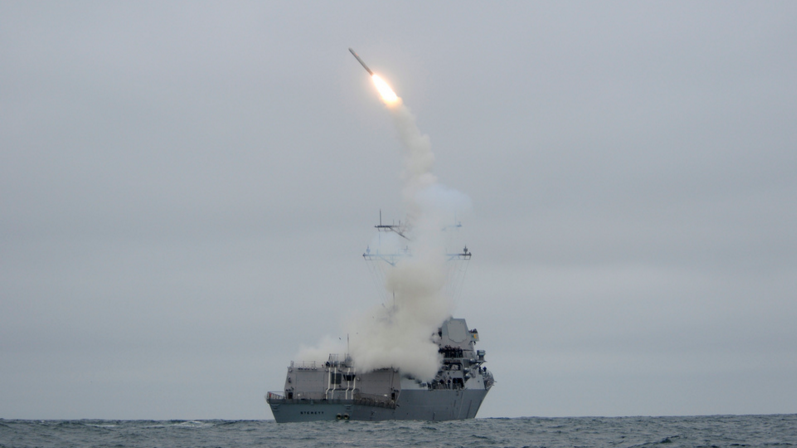New "Take Risk" Office Rebuilds Navy's Arsenal

The Pentagon's Strategic Capabilities Office plans to reach out to U.S. industry in about a month for ways to put existing weapons technologies to new uses as the department scrambles to maintain its competitive edge over Russia and China.
"We're looking for things we can put our hands on today, go test today," said Will Roper, director of the SCO, or what he called the Pentagon's "take risk" office.
This is the first time the office is broadly going out to industry for specific ideas on how to repurpose existing weapons, which could result in lucrative new contracts.
The secretive Pentagon office was set up in August 2012 at the behest of Defense Secretary Ash Carter, then the deputy defense secretary, who worried that the U.S. military was not ready for a return to great power competition after years of fighting extremist groups in Iraq and Afghanistan.
The office is now managing a nearly $1 billion dollar annual budget that is aimed at upsetting assumptions made by China and Russia about U.S. military capabilities.
Carter highlighted some projects developed by the office in early February, including swarming drones, a new arsenal plane that would carry weapons to augment the capabilities of fighter jets, and repurposing Raytheon Co's Standard Missile-6 defensive missile for use as an anti-ship weapon.
Roper said his office is also testing use of projectiles developed for a futuristic electromagnet railgun in conventional U.S. Army and Navy powder guns, which could give the U.S. military an additional 1,000 missile defense weapons.
He said the office developed five to six projects each year that were meant to "skip the walk phase, go directly to run" through the use and testing of fully functional prototypes.
After years of secrecy, Roper said the office hoped to create some deterrent effect by being more open about its work, while keeping its best projects classified. He said five or six such projects would remain classified.
The goal was to change the calculus of potential foes who had been studying U.S. weapons and developing their own radars and weapons aimed at exploiting potential vulnerabilities in once cutting-edge technologies such as stealth.
"We think we can change the game back rapidly," he said. "We are taking back the element of surprise."
Most projects were completed within three to four years, but some could be done in as little as two years, he said.
